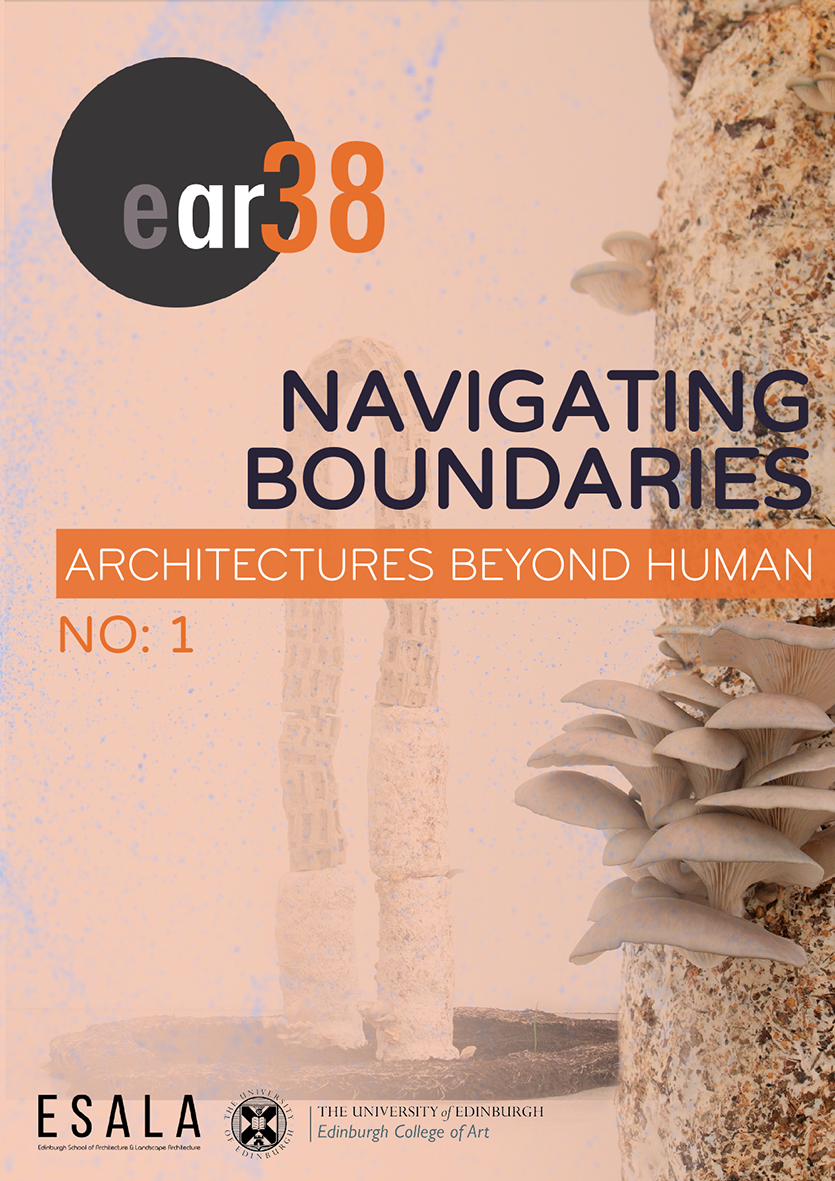Assemblages as Ecologies
Sculptural Collaborations with Subterranean Bodies
Abstract
In this essay I draw on my art research and installation ‘Earthly Bodies, Subterranean Rhythms’ to posit assemblages as ecologies: platforms where specific agencies and interactions occur at different scales, including microscopic levels. Based on documentation images of my creative process, I delve into my experience exploring sculptural building and creative possibilities in more-than-human collaboration. This research involved observing subterranean bodies and temporalities, rhizomatic growth and mycorrhizal interactions as well as working in interspecies cooperation with oyster mushroom mycelium and wheatgrass roots.
As spatial practices, architecture and sculpture have developed specific building methods. I expand on assemblage, the building method I worked with, seeking to articulate three lenses: sculptural, material and philosophical. Technically, an assemblage is a piece made by bringing together disparate elements. In this case it consisted mainly of ceramics, different earthly substrates, mycelium spawn, soil and seeds. Borrowing from Bennet’s ‘Vibrant Matter’ (2010) and Tsing’s ‘The Mushroom at the End of the World’ (2015) I reflect on living sculptures as interspecies assemblages: spaces of collaboration, cooperation and contamination between living and non-living bodies, matter and forces, human and more-than human agencies. From this perspective, assemblages are more than the sum of their parts as they have the capacity to re-make and transform us through encounters.
A polyphony of worlding processes makes the collective architecture we live in: our shared world. Working in interspecies assemblages may enable more respectful and enjoyable ways of collective dwelling.

This work is licensed under a Creative Commons Attribution-NonCommercial-NoDerivatives 4.0 International License.


